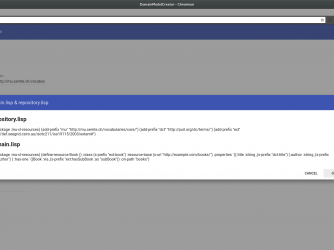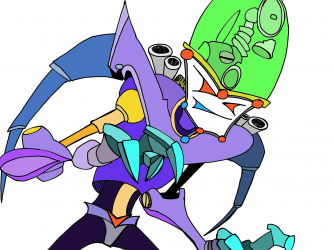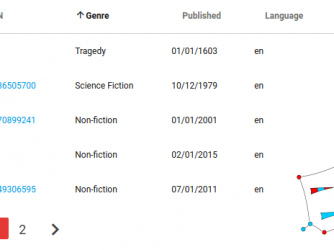Web applications oftentimes require a user to be authenticated to access (part of) their application. For example a webshop may require a user to be…
Tag: tutorial
creating models can be tedious Since creating models is generally writing a lot of text it can be tedious and time consuming. Therefor we are…
In a previous blog post we set our first steps in mu-cl-resources. A microservice that generates a JSONAPI compliant API for your resources based on a simple configuration…
In this post I want to explore how to add a machine learning microservice to any existing mu.semte.ch project. I want to be able to upload an…
Repetition is boring. Web applications oftentimes require the same functionality: to create, read, update and delete resources. Even if they operate in different domains. Or,…
RDFa is a way to embed a Semantic Model into Linked Data. In this short post we describe how we can implement a microservice to…
In the mu.semte.ch framework we use EmberJS in the frontend. The data is retrieved through Ember Data or AJAX requests, via the identifier and dispatcher, from the microservices…
By adding 2 new microservices to our regular mu.semte.ch setup (https://github.com/mu-semtech/mu-project) we can create a very nifty workflow that will automatically expand semantic files in…
This article is the final part in our series on the ember-data-table addon. In a first blog post we introduced ember-data-table, an easy-to-use component to visualize your Ember…
The mu-project repository offers a good starting point to bootstrap a new mu.semte.ch project. The docker-compose.yml to start from consists of 3 core components: mu-identifier,…








